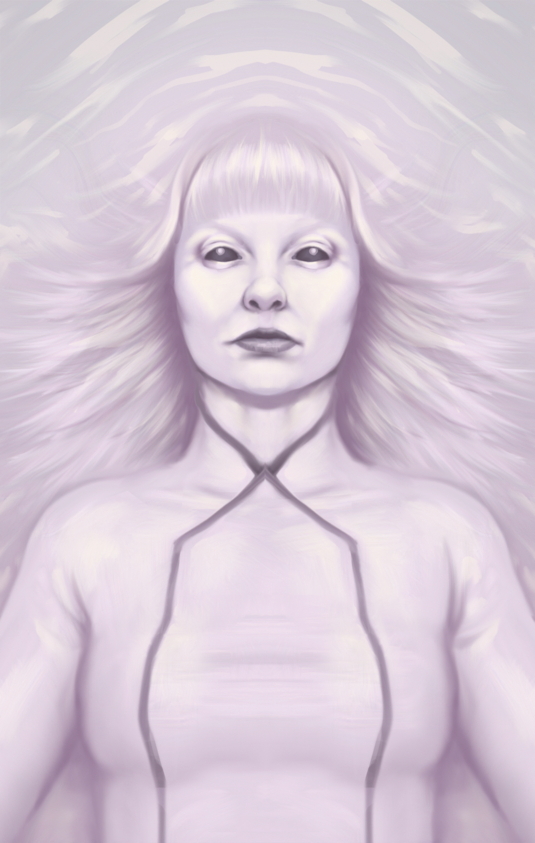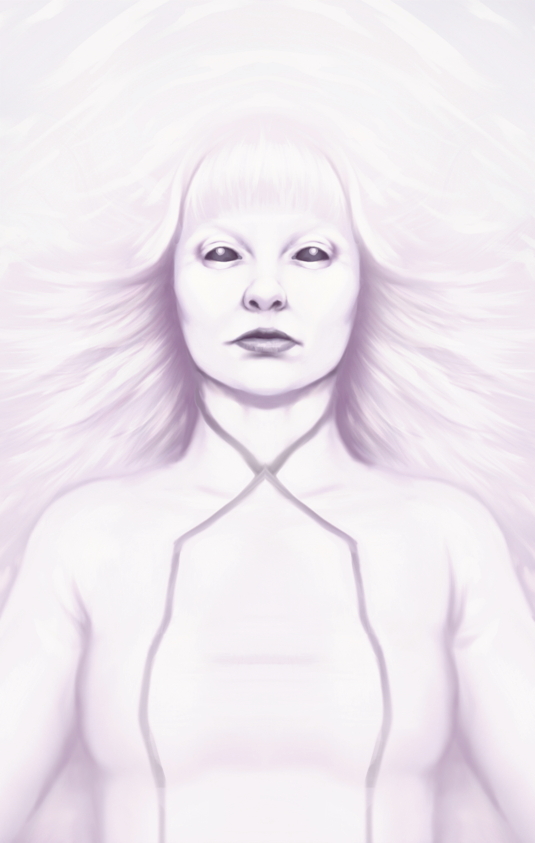How to white-out a portrait
US illustrator Toni Foti explains how to draw an image without its shape-defining shadows.
Shadows are usually a big part of what artists use to convey a sense of depth. Whenever a flash is activated head-on (such as an in-built camera flash), it gets rid of almost every one of those form-defining shapes. Since we won't be able to use many cast shadows, the majority of what you're painting is going to be occlusion shadows and facial landmarks.

Occlusion shadows are the dark areas where two forms come into contact with each other. The most obvious occlusion shadow on the face shows up as a closed mouth, which is a good first landmark to work on. When I say landmarks, I'm referring to the eyes, nostrils, mouth, hairline, jaw and sometimes the ears. Because the eyes and their lashes reflect differently than the skin, they'll still be quite visible.

The light doesn't go up into the nostrils, so they'll show up as well. Pay special attention to each area as best you can, because a high-key painting like this doesn't leave a whole lot to actually draw. Not only that, but having less to draw can make getting the proportions right even more difficult because you have fewer features to measure against each other.
Words: Tony Foti
Tony Foti is a US freelance illustrator who contributes to D&D and Fantasy Flight Games’ Star Wars and The Lord of the Rings lines. This article originally appeared in ImagineFX magazine issue 102.
Daily design news, reviews, how-tos and more, as picked by the editors.

The Creative Bloq team is made up of a group of art and design enthusiasts, and has changed and evolved since Creative Bloq began back in 2012. The current website team consists of eight full-time members of staff: Editor Georgia Coggan, Deputy Editor Rosie Hilder, Ecommerce Editor Beren Neale, Senior News Editor Daniel Piper, Editor, Digital Art and 3D Ian Dean, Tech Reviews Editor Erlingur Einarsson, Ecommerce Writer Beth Nicholls and Staff Writer Natalie Fear, as well as a roster of freelancers from around the world. The ImagineFX magazine team also pitch in, ensuring that content from leading digital art publication ImagineFX is represented on Creative Bloq.
